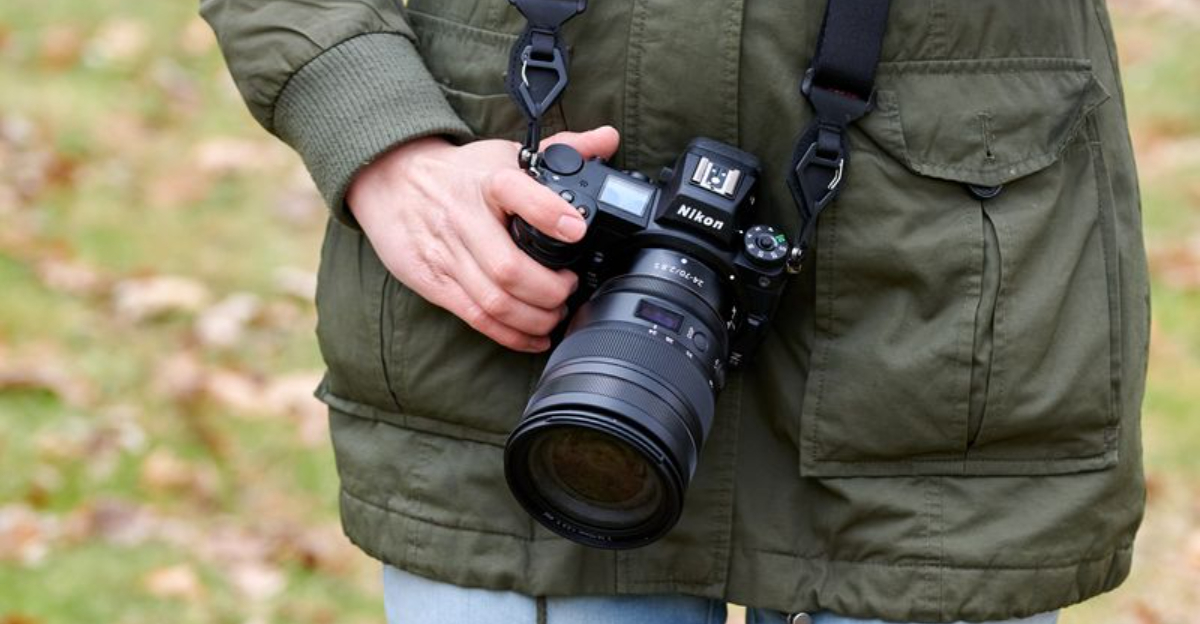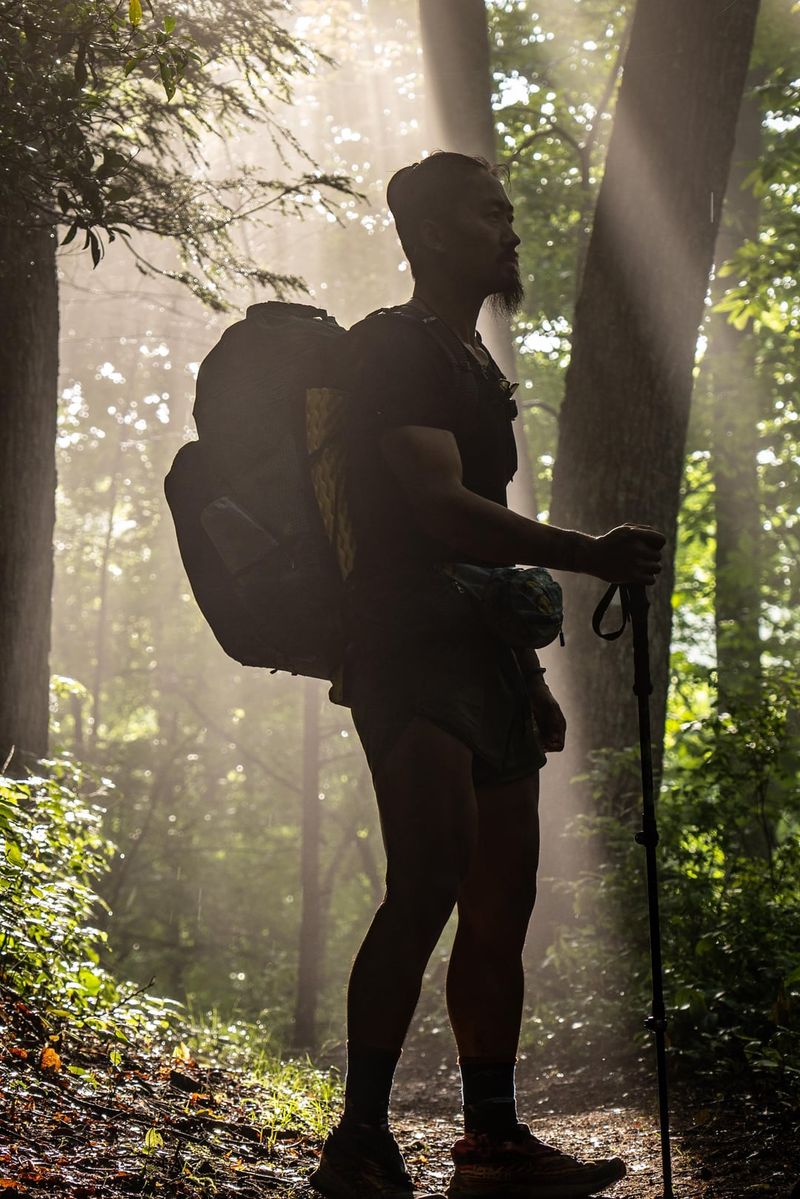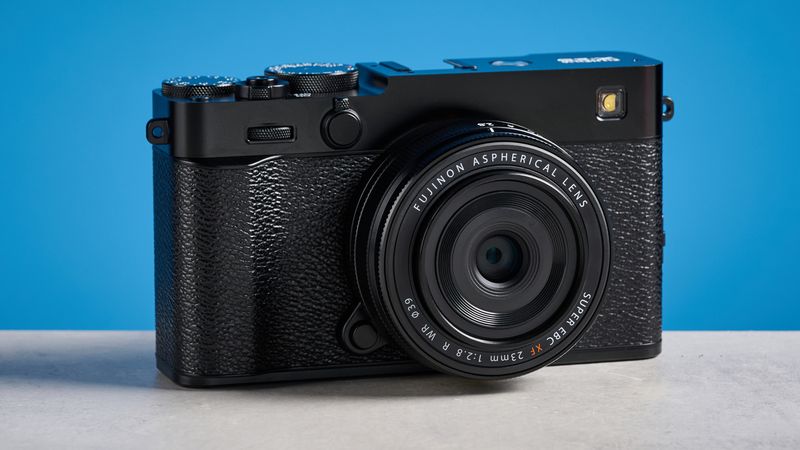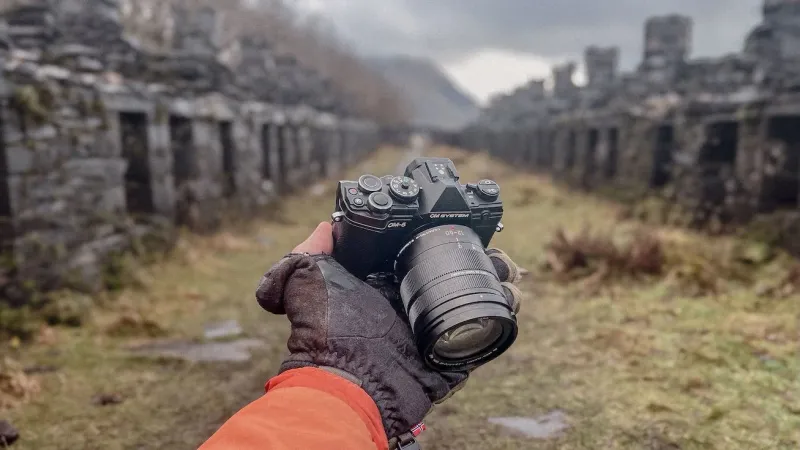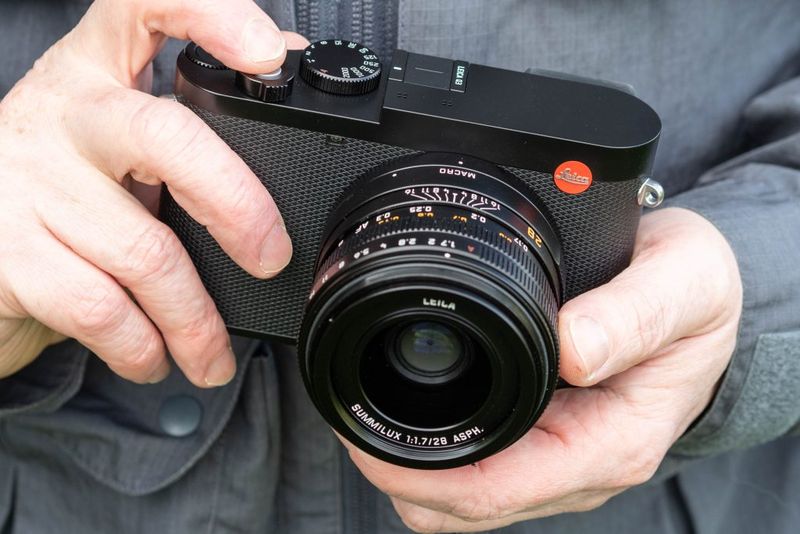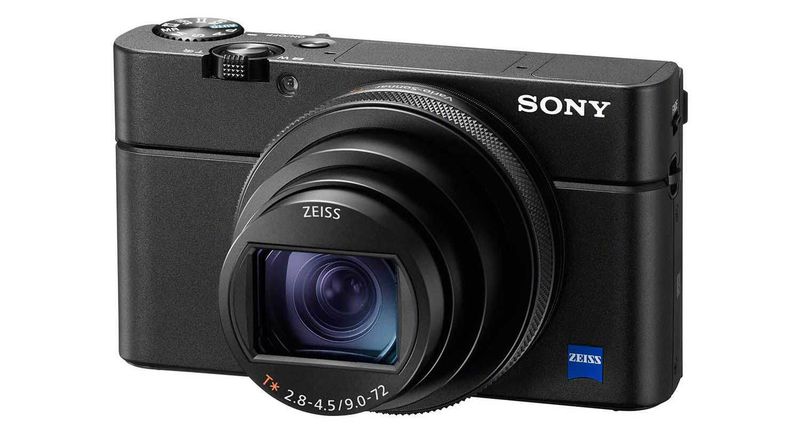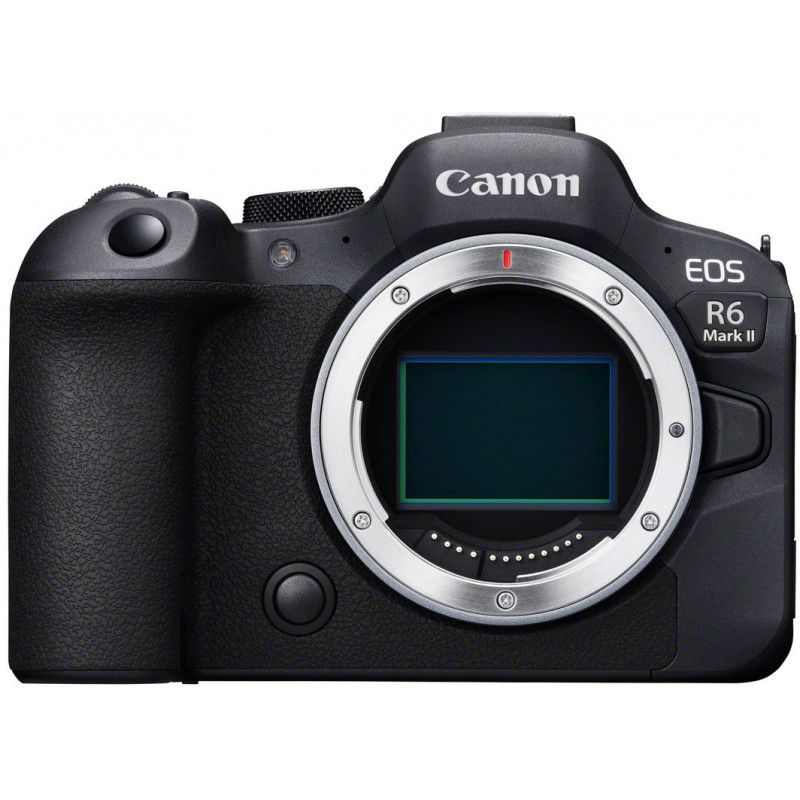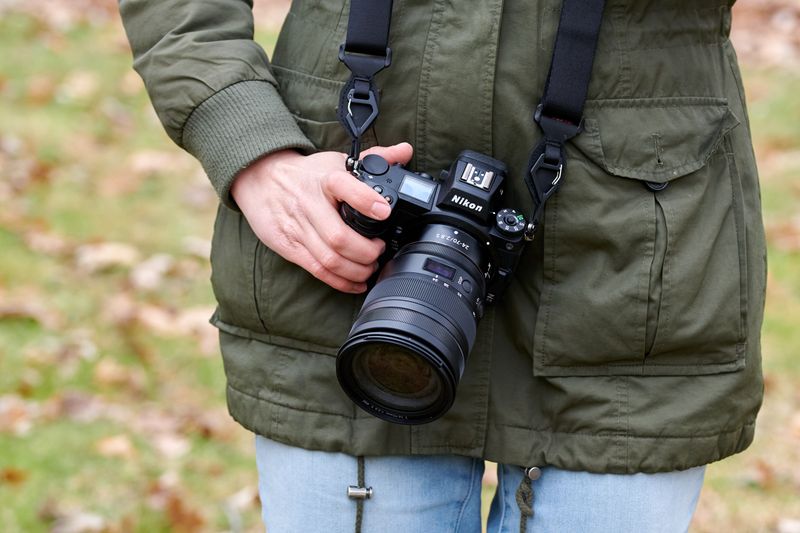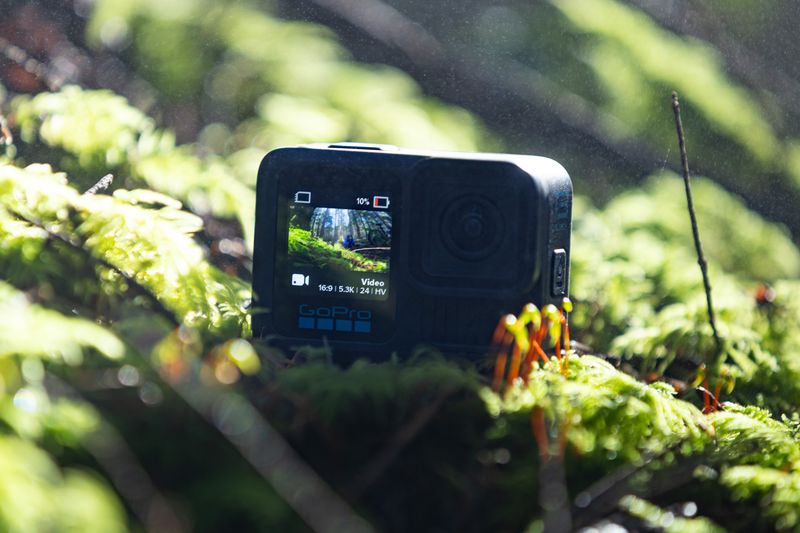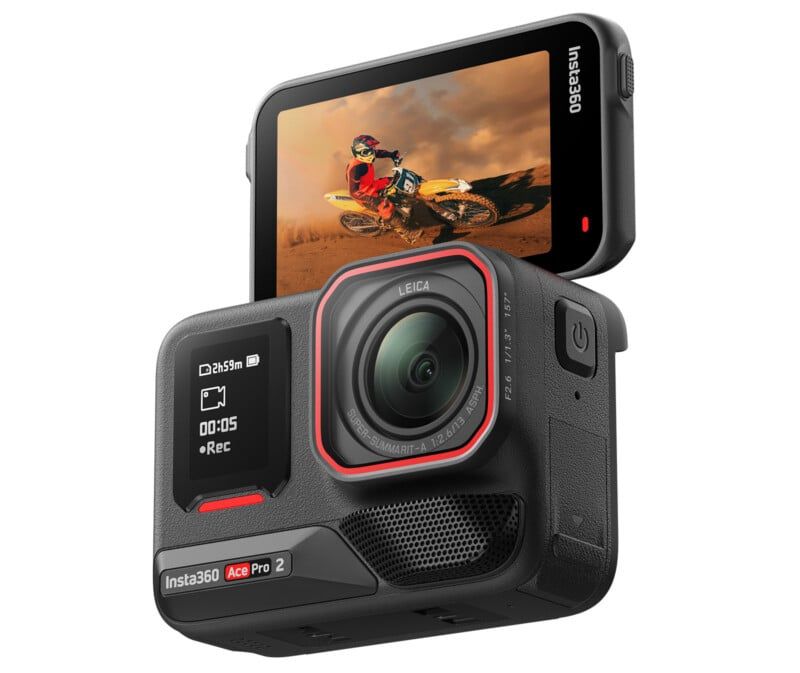When you’re planning a hiking adventure in November 2025, capturing stunning photos of your journey is essential. The right camera can make all the difference between ordinary snapshots and breathtaking memories. Whether you prefer lightweight compact models or powerful mirrorless systems, choosing a camera that balances portability, durability, and image quality will enhance every moment on the trail.
Sony a6700
Switchback crowned this mirrorless marvel as their Best Overall hiking camera for 2025, and it’s easy to see why. With its 26-megapixel APS-C sensor, the a6700 delivers crisp, vibrant images without weighing you down on long treks.
The interchangeable lens system gives you flexibility to adapt to any landscape, from sweeping vistas to wildlife close-ups. Fast autofocus and in-body stabilization mean you’ll capture sharp shots even when you’re catching your breath after a steep climb.
Just remember to check weather sealing on your chosen lenses, since November conditions can be unpredictable and wet.
Fujifilm X-E5
Photographers who value portability without sacrificing quality will appreciate what Fujifilm brings to the table. This compact body has earned spots in multiple 2025 hiking camera roundups thanks to its legendary color science that makes autumn foliage pop.
The X-E5 strikes a smart balance between features and weight, making it comfortable to carry all day. Your photos will have that distinctive Fujifilm look straight out of the camera, with rich tones and pleasing contrast.
Pair it with a versatile lens covering wide to moderate telephoto range, and you’ll be ready for whatever November’s trails throw your way.
OM System OM-5
Built like a tank but light as a feather, the OM-5 thrives where other cameras fear to tread. Switchback highlighted this rugged performer for its travel-friendly toughness and weather sealing that laughs at November rain and snow.
The Micro Four Thirds sensor and 20.4-megapixel resolution deliver excellent image quality, while in-body stabilization keeps your shots steady on uneven terrain. Special outdoor shooting modes help you nail tricky lighting situations without fiddling with manual settings.
Keep in mind that lens options might be more limited or heavier compared to other systems, so plan your kit carefully before hitting the trail.
Leica Q3
For hikers who demand the absolute finest image quality and don’t mind paying for it, the Q3 represents photography perfection in a single package. This full-frame fixed-lens camera eliminates the hassle of swapping lenses while delivering superb optical performance.
The rugged design withstands bumps and weather, while the exceptional optics capture landscapes with stunning clarity and detail. You’ll travel lighter without a bag full of lenses, focusing instead on composition and the moment.
The tradeoff? You’re stuck with one focal length, so you’ll need to zoom with your feet and embrace creative framing techniques throughout your hike.
Sony RX100 VII
Sometimes the best camera is the one that’s actually with you, and this pocket rocket makes that philosophy shine. Frequently appearing in hiking and travel camera lists, the RX100 VII packs a 20.1-megapixel sensor and impressive 24-200mm zoom into a body small enough for your jacket pocket.
The 1-inch sensor punches above its weight class, delivering DSLR-like quality when lighting cooperates. Its compact size means you’ll never leave it behind, even on the most minimalist adventures.
Weather sealing is weaker than dedicated outdoor cameras, so keep a protective case handy when November storms roll in unexpectedly.
Canon EOS R6 Mark II
When your hiking route includes challenging low-light situations or fast-moving wildlife, this full-frame powerhouse steps up to the challenge. The R6 Mark II combines stellar sensor performance with impressive stabilization and Canon’s extensive lens ecosystem.
Low-light capabilities mean you can shoot confidently during November’s shorter days and golden hour moments. The hybrid design excels at both photography and video, making it versatile for documenting your entire adventure.
Weight becomes the main consideration here—this system isn’t featherlight, so choose compact lenses and optimize your pack carefully to avoid shoulder strain on longer treks.
Nikon Z6 II
Nikon’s full-frame mirrorless offering brings balanced performance to hikers who want professional results without extreme complexity. The 24.5-megapixel sensor handles everything from bright midday scenes to moody November clouds with impressive dynamic range.
The growing Z-mount lens ecosystem gives you plenty of options, though prioritizing lightweight optics will keep your pack manageable. In-body stabilization helps compensate for tired hands at the end of long days on the trail.
Weather sealing effectiveness varies by lens, so research your specific combination before venturing into wet conditions. Pair it right, and you’ll have a reliable companion for years of adventures.
GoPro Hero13 Black
Not your traditional camera, but absolutely invaluable when the trail gets gnarly and traditional gear would be too risky. The Hero13 Black captures 5.3K video with HyperSmooth 6.0 stabilization that makes even bumpy descents look cinematic.
Waterproof to 33 feet and built to survive drops and impacts, this tiny cube goes places your mirrorless camera shouldn’t. It’s perfect for stream crossings, scrambles, and documenting the raw energy of your hiking experience.
Landscape photographers will find the fixed lens and smaller sensor limiting for sweeping vistas, but as a companion to a primary camera, it’s nearly unbeatable for action moments.
Insta360 Ace Pro 2
This high-end hybrid blurs the line between action camera and serious video tool, offering 8K recording and AI features in a remarkably compact package. Hikers who prioritize immersive video documentation will appreciate the advanced capabilities packed into this rugged body.
The small footprint means it won’t slow you down, and the dual role for stills and video eliminates the need for multiple devices. AI-powered features help optimize footage automatically, so you spend less time in menus and more time enjoying the trail.
Action-style sensors do have limitations in dynamic range and lens flexibility compared to larger cameras, so manage expectations for certain lighting situations and compositions.
